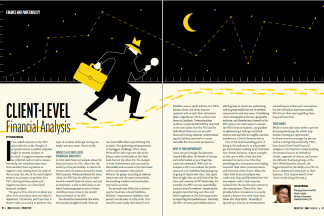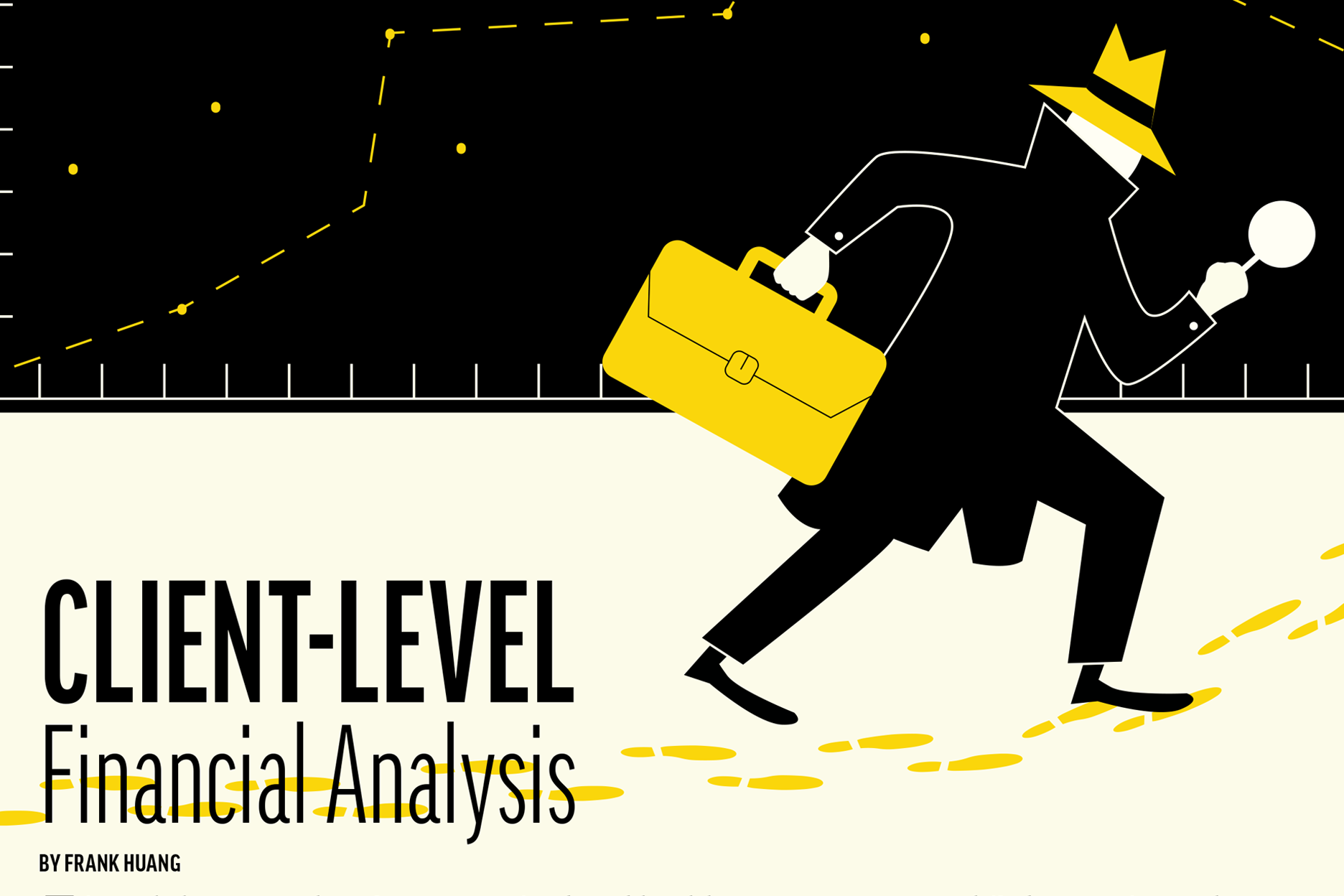HOW SPIRIT HR USED AI TO AUTOMATE ITS CLIENT OPERATIONS
August 2025


Spirit HR, a PEO based in Oklahoma City and founded by Dale Hageman, was fielding an ever-increasing volume of client inquiries—everything from routine payroll questions to specialized benefits requests. Much of the work still involved manual data entry and multi-step administrative processes across an HCM platform and Outlook. Leadership also wanted sharper visibility into response times, topic trends, and overall service activity so they could spot bottlenecks early and coach their team proactively.
POTENTIAL SOLUTIONS
Spirit HR mapped out three paths:
- Build in-house: hire an engineering team to create custom automations.
- Add headcount: bring on more payroll / operations specialists.
- Adopt AI: layer intelligent automation on top of existing tools to scale without new hires.
The first two choices carried hefty price tags:
- Senior Engineer: $126k – $185k per year, plus at least $75k annually to build and maintain proprietary software.
- Operations specialists: average salary $65,998; hiring just two or three more would add $132k – $198k in payroll.
By contrast, the AI route promised faster rollout, lower costs, and the ability to reduce busywork without increasing headcount—so Spirit HR committed to the third option.
REQUIREMENTS FOR THE PROJECT
The Spirit HR team has always valued a high-touch approach to client service and wanted to ensure that no AI solution would compromise this principle. Unlike AI chatbots that feel impersonal with answers that are generic or vague, Spirit HR needed a solution that would generate answers that felt like it came from a human (even if AI was doing most of the heavy lifting behind the scenes).
Whatever AI solution they would adopt would need to fit the following criteria:
- Seamless integrations with existing HCM platform, Outlook, CRM, and other systems already in place.
- Human-in-the-loop controls so that no AI action could be finalized without explicit employee approval.
USING AI TO BUILD AN ANALYTICS DASHBOARD
The AI solution plugged into every client-facing Outlook inbox, automatically categorizing emails and piping metadata into an interactive dashboard. Executives can filter the data by date range, topic, inbox, client, or service tier, revealing answers to the following questions:
- Which clients send us the most requests?
- What are our response times?
- What are the frequently asked questions?
- Where can we automate?
Armed with this data, Spirit HR can be proactive—identifying clients that need more attention or workflows that are slowing the team down.
Key Use Cases
- Client value stories: Share concrete service-level metrics during QBRs to justify fees and renewals.
- Operational tuning: Spot recurring bottlenecks, redundant steps, or under-documented processes.
- Talent management: Surface top performers and coach teammates who need support, protecting service quality.
IDENTIFYING ADDITIONAL AUTOMATION OPPORTUNITIES
Once the dashboard was live, one trend jumped off the screen: a big chunk of payroll staff hours was consumed by manually keying emailed timesheets into the payroll platform. About 10% of Spirit HR’s clients still emailed spreadsheets every pay period—which meant hours of copy-paste. Toby, a payroll manager at Spirit HR, notes it could take an hour and a half to two hours for just one client depending on a particular week.
DEPLOYING AN AI-POWERED WORKFLOW
Spirit HR’s next sprint replaced that manual entry:
- AI extraction – the system reads incoming timesheets and converts them into a payroll system-ready transaction.
- One-click import – a specialist reviews the draft, hits “approve,” and the data flows straight into payroll.
- Human review – final checks remain with the team, but the repetitive keystrokes disappear.
OUTCOME
From kickoff to first production workflow, the rollout took about six weeks—covering the analytics dashboard plus the payroll automation. The very first automation now saves 25% of the payroll team’s time on a weekly basis. Managers have real-time insight, speeding up data-driven decisions across operations.
Members of Spirit HR’s team have had positive reactions to implementing an AI-powered solution. Cindy, a payroll specialist, notes that “it makes those payrolls just a breeze…we save six to eight hours.” While Toby adds, “[we’ve] easily gained a couple hours. I can finish my regular work and then focus on other items.”
WHAT’S NEXT?
Spirit HR is now considering other opportunities for AI to drive impact within the business, such as:
- Client inquiry response drafting – AI takes a first pass at generating drafts for incoming inquiries from clients and worksite employees.
- AI-powered workflow automation – reducing manual data entry required for new hiring onboarding
- AI-assisted research – pulling context for complex client inquiries.
- Automatic CRM case creation – logging tickets instantly, keeping service data clean.
By attacking one high-friction workflow at a time, Spirit HR has proven that targeted AI projects can unlock hours of capacity, boost visibility, and raise the bar for client experience—without ballooning payroll.
-
SHARE
- Copy to clipboard




